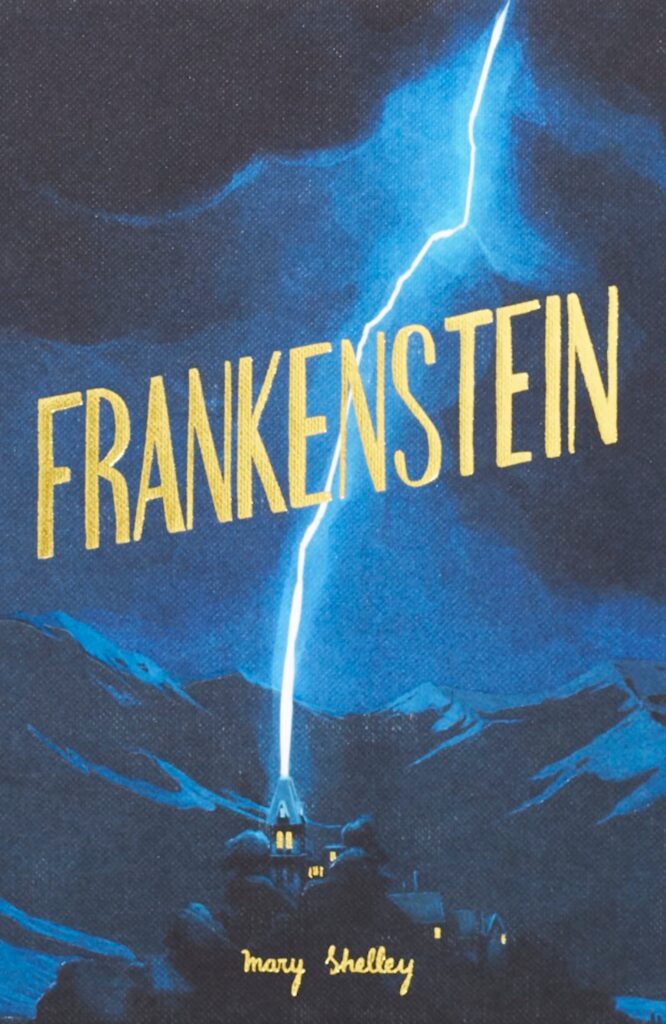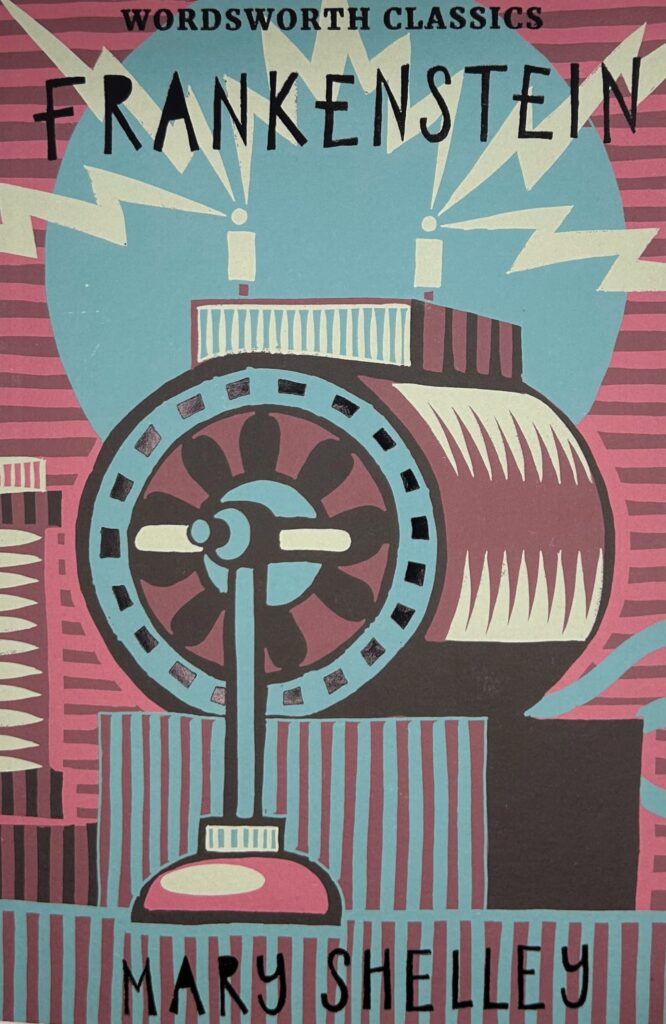
How Shelley broke new ground with Frankenstein
David Stuart Davies looks at this ever-popular comedy with a darker side.
Of course Mary Shelley (1797-1851) is famous as the author of Frankenstein or The Modern Prometheus, one of the seminal horror novels of all time, and remarkably she wrote it when she was only eighteen years old.
Novelist Muriel Spark has said that Shelley’s achievement in Frankenstein was because of – rather than in spite of – her tender years; its power rests on the undercurrents not realised by its author on a conscious level because of her youth and inexperience and therefore the work emerges as strikingly unfettered and original.
Mary was the wife of the poet Percy Bysshe Shelley, daughter of the feminist writer Mary Wollstonecraft, who died when Mary was only 12 days old, and political philosopher, William Godwin. At the time she wrote the novel, Mary had been living with Shelley for two years, much of that time dodging creditors and avoiding public condemnation regarding his desertion of his legal wife and child. The couple eventually married in 1816 and spent the summer in Switzerland where they and Lord Byron set up neighbouring households on the shores of Lake Geneva.
In her introduction to the 1831 edition of Frankenstein, Mary stated: ‘It proved a wet, ungenial summer’ and to stave off boredom, Byron proposed that they each wrote a ghost story. At first, Mary had difficulty coming up with an idea but was inspired by a conversation about the experiments of Dr Erasmus Darwin, who, in an experiment, was supposed to have caused voluntary motion in ‘a piece of vermicelli’. Shelley also had what she described as ‘a waking dream’ in which she pictured ‘a hideous phantasm of a man’ coming to life.
Frankenstein was published anonymously and it was assumed that the work was by a man but when the news of its authorship broke, Blackwoods magazine observed somewhat patronisingly, ‘For a man it was excellent, but for a woman it was wonderful!’.
However, from notes in the margin of the original manuscript, it is clear that Mary’s husband gave her editorial advice on the construction and development of the tale. Indeed, critic James Rieger concluded that Percy’s ‘assistance at every point in the book’s manufacture was so extensive that one hardly knows whether to regard him as an editor or minor collaborator.’
Frankenstein broke new ground not only in gothic story-telling but also in the form of the novel. It is one of the earliest works of science fiction. Indeed, Brian Aldiss has argued that it should be considered the first true science fiction story because, in contrast to previous stories with fantastical elements resembling those of later science fiction, the central character in Frankenstein ‘makes a deliberate decision’ and ‘turns to modern experiments in the laboratory to achieve fantastic results.
In brief, the novel tells the story of a committed science student Victor Frankenstein, who is obsessed with discovering the source of life and bestowing animation upon lifeless matter. He assembles a human being from stolen body parts but upon bringing it to life, he recoils in horror at the creature’s hideousness. Tormented by isolation and loneliness, the innocent creature turns to evil and unleashes a campaign of murderous revenge against his creator.
In 1822, Mary’s husband drowned when his sailing boat sank during a storm in Italy where they were living at the time. A year later, she returned to England and from then on devoted herself to the upbringing of her son and a career as a professional author. The last decade of her life was dogged by illness, probably caused by the brain tumour that was to kill her at the age of 53.
For many years Mary Shelley was known almost solely for her novel Frankenstein. However recent studies have yielded a more comprehensive view of her achievements. Scholars have shown increasing interest in her literary output, particularly in her fiction, which includes the historical novels Valperga (1823), Perkin Warbeck (1830), the post-apocalyptic novel The Last Man (1826), a science fiction tale which tells of a future world that has been ravaged by a plague, and her final two novels, Lodore (1835) and Falkner (1837).
Also, studies of her non-fiction works, such as the travel book Rambles in Germany and Italy (1844) and the biographical articles for Dionysius Lardner’s Cabinet Cyclopaedia (1829–46), support the growing view that Mary Shelley remained a political radical throughout her life. Her works often argue that cooperation and sympathy, particularly as practised by women in the family, were the means by which a civil society could be reformed. Ironically, this view was a direct challenge to the individualistic Romantic ethos promoted by her husband Percy and the Enlightenment political theories articulated by her father, William Godwin.
However, while these considerations are of great interest to academics, and to the great reading public it is Frankenstein which remains the main focus of interest in Mary Shelley’s writings.
The novel provided a strong dramatic template for a wide range of versions for the stage, film and television. There was a stage version The Man and The Monster; or The Fate of Frankenstein presented in London as early as 1926. The first movie was produced by the Edison Company in 1910. The enduring image of the monster was created by the actor Boris Karloff, assisted by makeup artist Jack Pierce, in Universal Pictures’ screen version in 1931, directed by James Whale. So powerful is Karloff’s image of the large shuffling monster with bolts in his neck that this has brought about the common misapprehension that he is Frankenstein.
Even two hundred years after it was first conceived, there remains a fascination with the basic concept of this novel about a human being formed from the parts of dead bodies and brought to life by artificial means. In one sense it is the stuff of nightmares and in another, it can be regarded as the ultimate aim of medical discovery. Now science can replace organs and limbs and even faces, as well as cloning sheep.
Are we so very far away from Frankenstein’s dream?
Books associated with this article

Frankenstein (Collector’s Edition)
Mary Shelley
